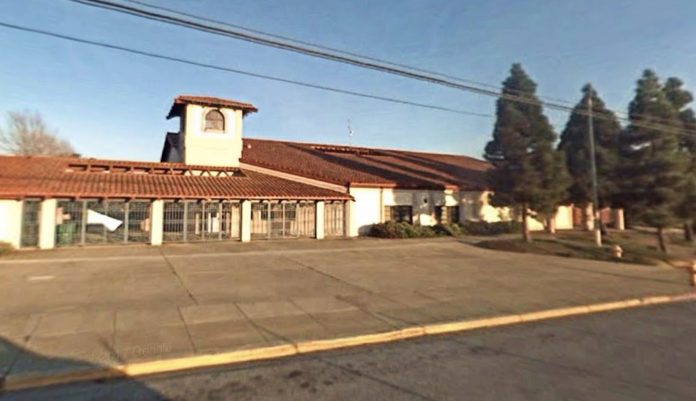WATSONVILLE—Pajaro Valley Unified School District plans to install a water bottle filling station at Ohlone Elementary School over the upcoming winter break, a move that will bring the school in line with many others that are seeking ways to reduce their production of plastic waste.
But district officials also hope the station – and the filter attached to it – will lessen the amount of chromium-6, also known as hexavalent chromium, a substance that has been found in the school’s water supply.
According to the National Institute of Environmental Health Sciences, chromium-6 at high doses has been shown to cause cancer in laboratory animals. The U.S. EPA has set a maximum contaminant level (MCL) of 100 parts per billion (ppb) for drinking water.
The substance comes from industrial processes, but that is not the case at Ohlone Elementary, where it is present naturally from the aquifer serving the school, said PVUSD Risk and Safety Manager Ruth Gonzalez.
“We live in a unique area where it is part of the minerals,” she said.
An Oct. 15 test of the well serving the school found an MCL of 10 ppb, a number PVUSD officials point out is far below the 50 ppb limit set by the California State Water Resources Control Board (SWRCB).
But the level is 500 times higher than the Public Health Goal set by the EPS of .02 ppb.
It’s important to note that both the state and federal measurements are for ‘total chromium,’ which includes non-hazardous chromium-3.
The state previously established a 10 ppb limit for chromium-6, but in 2017 a Sacramento County Superior Court judge invalidated that, saying that limit did not take into account the technical difficulties and financial cost of meeting it.
There is no state-imposed limit, then, for the carcinogenic chromium-6.
State officials are currently mulling setting a new limit, but no decision is expected until at least 2021, said Mark Bartson, supervising engineer for SWRCB’s Division of Drinking Water.
PVUSD Chief Business Officer Joe Dominguez said the district is seeking solutions to the problem, including looking for grant money for a reverse-osmosis filtration system. Still, he stressed that the district’s measurements are within legal limits.
“The district is content we are meeting the state and federal standards, and it is a priority for us to make sure we stay in compliance,” Dominguez said.
Once the filling and filtration system has been installed, the district will have the water tested again, Dominguez said.
Teachers and staff at the school are not comforted by the announcement of the filling station.
According to Library Media Technician Krishna Feldman, the only way to effectively remove chromium-6 from water is through a reverse-osmosis filter.
She and teacher Melissa Dennis hope the district will supply bottled water for the students. But convincing the district to pursue that avenue has been difficult, Dennis said.
The SWRCB offers grants to schools with water quality issues to allow them to purchase bottled water, but PVUSD has not yet applied for the grant, Bartson said.
Gonzalez pointed out that bottled water is not necessarily better than well water. She explained that bottled water is regulated by the federal government, whose MCL for total chromium is 100 ppb, twice that set by the state.
Dominguez added that, because the district is in compliance with the state levels, it does not qualify for the grants.
That may not be true, according to Stephanie Villegas, who oversees Agua4All, a program of Sacramento-based Rural Community Assistance Corp.
The SWRCB, Villegas said, is set to begin accepting applications for round-two of its Drinking Water for Schools program in January, and has not yet determined what the qualifications will be.
“I would definitely recommend that they at least submit an inquiry,” she said.
Feldman said that some teachers are bringing their own bottled water, as are some of the students. But many are still drinking from fountains. That’s a concern for a community of children already exposed to several other hazardous substances, she said.
Dennis, who has also been active in reducing the levels of pesticides used on the farmland adjacent to the school, said she does not want to have an adversarial relationship with the district.
“I want to be part of a team with the district, where we are working together to find a short-term solution and hopefully to find a long-term solution,” she said. “But there’s this free water service we’re not taking advantage of, which boggles my mind.”
According to Dennis, Ohlone has seen four cases of different types of cancer in the past five years.
While she did not link either the farm chemicals or the water to the cancer, she said that school officials should help students avoid any harmful substances.
“Who’s to say what is causing that,” she said. “It could be so many things. If you know there is a carcinogen in your water, and there is an option to avoid drinking it, my question is why not take advantage of it?”











